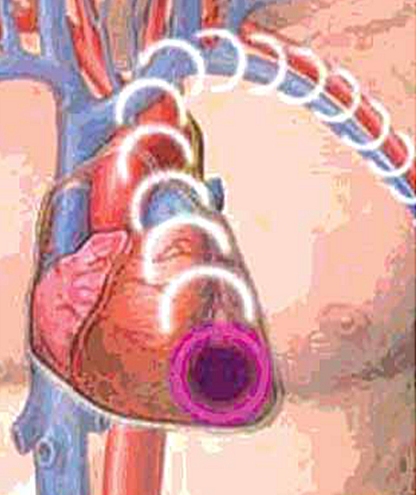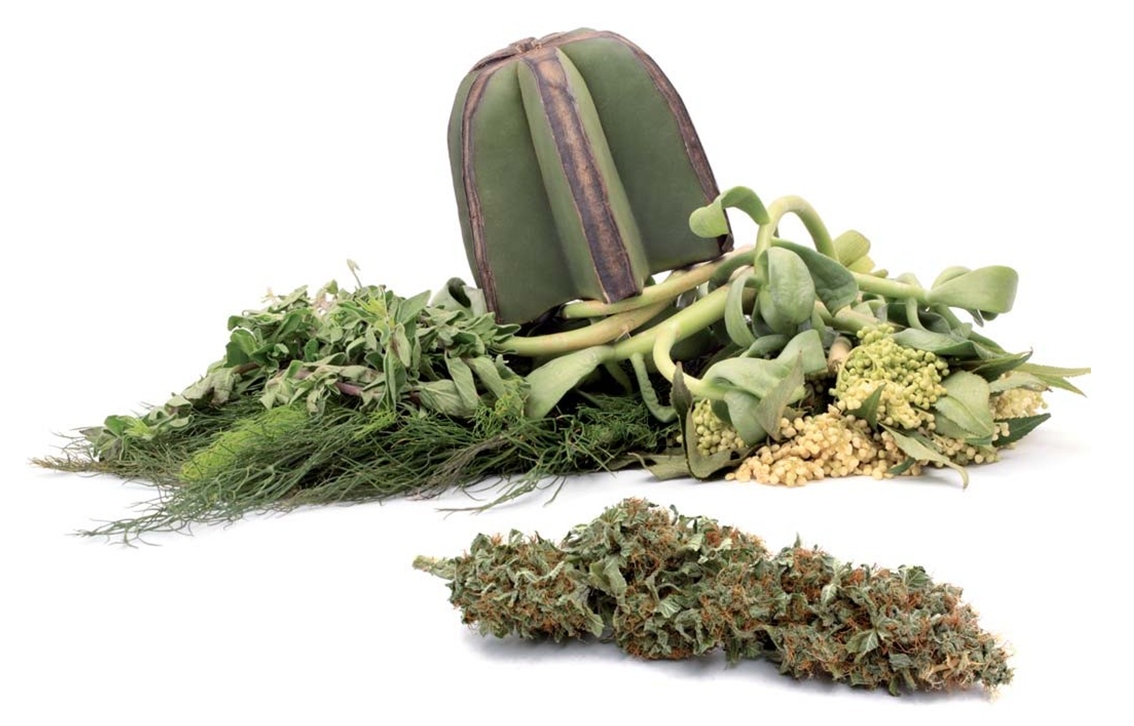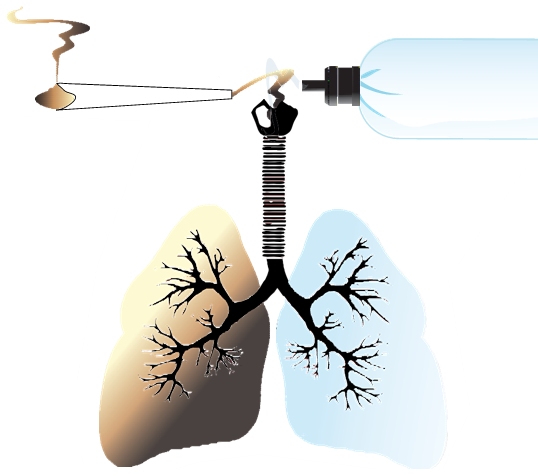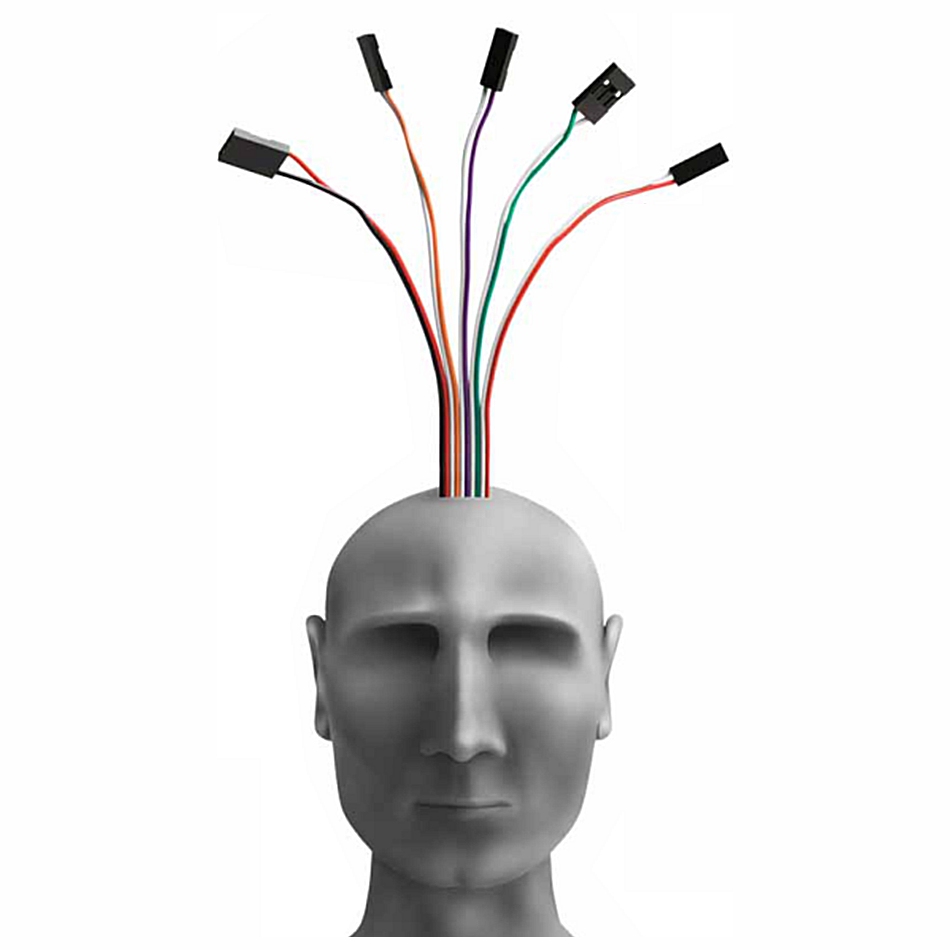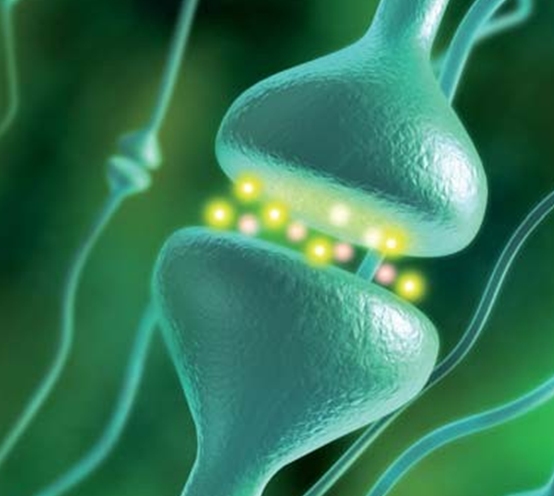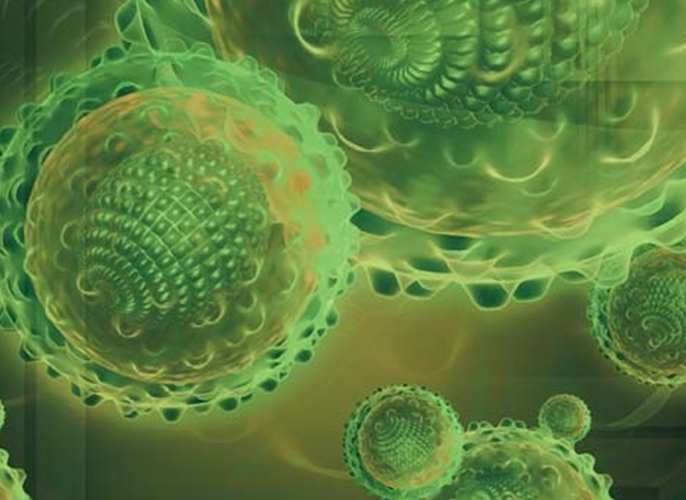
5 Marijuana Compounds That Could Help Combat Cancer, Alzheimer’s & Parkinson’s
by Paul Armentano Deputy Director of NORML (the National Organization for the Reform of Marijuana Laws) This commentary was initially published by Alternet.org and is being reprinted with permission from the author.
Imagine there existed a natural, non-toxic substance that halted diabetes, fought cancer, and reduced psychotic tendencies in patients with schizophrenia and other psy- chiatric disorders. You don’t have to imagine; such a sub- stance is already here. It’s called cannabidiol (CBD). The only problem with it is that it’s illegal.
5 MARIJUANA COMPOUNDS THAT CAN HELP COMBAT CANCER, ALZHEIMERS & PARKINSONS
Cannabidiol

Cannabidiol is one of dozens of unique, organic compounds in the cannabis plant known as cannabinoids, many of which possess documented, and in some cases, prolific therapeutic properties. Other cannabinoids include cannabinol (CBN), cannabichromene (CBC), cannabigerol (CBG), and tetrahydrocannabivarin (THCV). Unlike delta-9-tetrahydrocannabinol (THC), the primary psychoactive cannabinoid in marijuana, con- suming these plant compounds will not get you high. Nonetheless, under federal law, each and every one of these cannabinoids is defined as schedule I illicit sub- stances because they naturally occur in the marijuana plant. That’s right. In the eyes of the US government, these non- psychotropic cannabinoids are as dangerous to consume as heroin and they possess absolutely no therapeutic util- ity. In the eyes of many scientists, however, these cannabi- noids may offer a safe and effective way to combat some of the world’s most severe and hard-to-treat medical con- ditions. Here’s a closer look at some of these promising, yet illegal, plant compounds.
After THC, CBD is by far the most studied plant cannabinoid. First identi- fied in 1940 (though its specific chemical structure was not identified until 1963), many researchers now describe CBD as quite possibly the most single important cannabinoid in the marijuana plant. That is because CBD is the cannabinoid that arguably possesses the greatest therapeutic potential.
That’s right. In the eyes
of the US government, these non-
psychotropic cannabinoids are as dangerous
to consume as heroin and they possess absolutely no therapeutic
util- ity. In the eyes of many
scientists, however, these cannabi- noids may offer a safe
and effective way to combat some of the world’s most severe and
hard-to-treat medical con- ditions. Here’s a closer
look at some of these promising, yet illegal, plant compounds.
A key word search on the search engine PubMed Central, the U.S. government repository for peer-reviewed scientif- ic research, reveals over 1,000 papers pertaining to CBD – with scientists’ interest in the plant compound increasing exponentially in recent years. It’s easy to understand why. A cursory review of the literature indicates that CBD holds the potential to treat dozens of serious and life- threatening conditions.
“Studies have suggested a wide range of possible
thera- peutic effects of cannabidiol on
several conditions, includ- ing Parkinson’s disease, Alzheimer’s disease, cerebral ischemia, diabetes, rheumatoid arthritis, other inflamma- tory diseases,
nausea and cancer.” That
was the conclu- sion [3] of researcher Antonio Zuardi, writing about CBD in the Brazilian
Journal of Psychiatry in 2008. A 2009
lit- erature review [4] published
by a team of Italian and
A cursory review of the literature indicates that CBD holds the potential to treat dozens of serious and life- threatening conditions.
Israeli investigators indicates that the substance likely holds even broader clinical potential. They acknowledged that CBD possesses anxiolytic, antipsychotic, antiepilep- tic, neuroprotective, vasorelaxant, antispasmodic, anti- ischemic, anticancer, antiemetic, antibacterial, antidiabet- ic, anti-inflammatory, and bone stimulating properties. Martin Lee, cofounder and director of the non-profit group Project CBD [5] – which identifies and promotes CBD-rich strains of cannabis – agrees. Cannabidiol is “the Cinderella molecule,” writes Lee in his new book, Smoke Signals: A Social History of Marijuana – Medical, Recreational, and Scientific (Scribner, 2012). “[It’s] the lit- tle substance that could. [It’s] nontoxic, nonpsychoactive, and multicapable.”
It’s also exceptionally safe for human consumption. According to a just published clinical trial [6] in the jour- nal Current Pharmaceutical Design, the oral administra- tion of 600 mg of CBD in 16 subjects was associated with no acute behavioral and physiological effects, such as increased heart rate or sedation. “In healthy volunteers, … CBD has proven to be safe and well tolerated,” authors affirmed. A 2011 literature review [7] published in Current Drug Safety similarly concluded that CBD admin- istration, even in doses of up to 1,450 milligrams per day, is non-toxic, well tolerated, and safe for human consump- tion.
Yet despite calls from various researchers to allow for clin- ical trials to assess the use of CBD in the treatment of var- ious ailments, including breast cancer [8], colon cancer [9], prostate cancer [10], and schizophrenia [11], a review of the website [12] – the online registry for federally sup- ported federal trials worldwide – identifies only four US- based clinical assessments of CBD. Two of these are safe- ty studies; the other two are evaluations of CBD’s poten- tial to mitigate cravings for heroin and opiates. Sativex [13], a pharmaceutically produced, patented oromucosal spray containing extracts of THC and CBD, is also under- going testing in North America for use as a cancer pain reliever under the name Nabiximols. The drug is already available by prescription in Canada, the United Kingdom, and throughout much of Europe for the treatment of var- ious indications, including multiple sclerosis.
Presently, however, options for US patients
wishing to uti- lize CBD are extremely limited. Most domestically grown strains of cannabis contain relatively little CBD [14] and
many smaller-sized cannabis
dispensaries do not consis- tently carry such boutique
varieties. A handful of promi-
nent cannabis dispensaries, mostly in California and Colorado, do carry CBD-rich strains of cannabis or CBD- infused products. However, in recent months, several of these providers, such as Harborside Health Center in Oakland and El Camino Wellness in Sacramento, have been targeted for closure by the federal Justice Department, which continues to deny evidence of CBD’s extensive safety and efficacy.
Cannabinol

Cannabinol (CBN) is largely a product of THC degradation. It is typical- ly available in cannabis in minute quantities and it binds relatively weakly with the body’s endoge-
nous cannabinoid receptors. Scientists have an exception- ally long history with CBN, having first isolated the com- pound in 1896. Yet, a keyword search on PubMed reveals fewer than 500 published papers in the scientific literature specific to cannabinol. Of these, several document the compound’s therapeutic potential – including its ability to induce sleep, ease pain and spasticity, delay ALS (Lou Gehrig’s Disease) symptoms, increase appetite, and halt the spread of certain drug resistant pathogens, like MRSA (aka ‘the Superbug’). In a 2008 study, CBN was one of a handful of cannabinoids found to be “exceptional [15]” in its ability to reduce the spread MRSA, a skin bacteria that is resistant to standard antibiotic treatment and is respon- sible for nearly 20,000 hospital-stay related deaths annu- ally in the United States.
Cannabichromene

Cannabichromene (CBC) was first discov- ered in 1966. It is typi- cally found in significant quantities in freshly har- vested, dry cannabis. To
date, the compound has not been subject to rigorous
study; fewer than 75 published papers available on PubMed make specific
reference to CBC. According to a 2009 review [4] of cannabichromine
and other non-psy- chotropic cannabinoids, “CBC exerts anti-inflammatory, antimicrobial, and modest analgesic
activity.” CBC has
also been shown to promote
anti-cancer activity in malig- nant cell lines and to possess bone-stimulating properties. More recently,
a 2011 preclinical trial [16] reported that
CBC influences nerve endings above the spine to modify sensations of pain. “[This] compound might represent [a] useful therapeutic agent with multiple mechanisms of action,” the study concluded.
Cannabigerol

Similar to CBC, cannabigerol (CBG) also has been subject
to relatively few scien- tific trials since its dis- covery in 1964. To date, there exist only limited number of papers available refer- encing the substance –
a keyword search on PubMed yields fewer than 55 cita- tions – which has been documented to possess anti-cancer, anti-inflammatory, analgesic, and anti-bacterial proper- ties. According to a 2011 review [17] published in the British Journal of Pharmacology, “[A] whole plant extract of a CBG-chemotype … would seem to offer an excellent, safe new antiseptic agent” for the treatment of multi-drug resistant bacteria. A more recent review [18] published this year in the journal Pharmacology & Therapeutics fur- ther acknowledges that CBG and similar non-psychotrop- ic cannabinoids “act at a wide range of pharmacological targets” and could potentially be utilized in the treatment of a wide range of central nervous system disorders, including epilepsy.
Tetrahydrocannabivarin

Discovered in 1970, tetrahydrocannabivarin (THCV) is most typically identified in Pakistani hashish and cannabis strains of southern African origin. Depending on the dose, THCV may either
antagonize some of the therapeutic effects of THC (e.g., at low doses THCV may repress appetite) or promote them. (Higher doses of THCV exerting beneficial effects on bone formation and fracture healing in preclinical models, for example.) Unlike, CBD, CBN, CBC, CBG, high doses of THCV may also be mildly psychoactive (but far less so than THC).
To date, fewer than 30 papers available on PubMed specifically reference THCV. Over half of these were pub- lished within the past three years. Some of these more recent studies highlight tetrahydrocannabivarin’s anti- epileptic and anticonvulsant properties, as well as its abil- ity to mitigate inflammation and pain – in particular, difficult-to-treat neuropathy [19].
Like CBD, THCV is on the radar of British biotech GW Pharmaceuticals (makers of Sativex). According to its website, the company has expressed interest in the poten- tial use of tetrahydrocannabivarin in the treatment of obe- sity, diabetes and other related metabolic disorders. Though the compound has been subject to Phase I clinical testing [20], a keyword search on clinicaltrials.gov [12] yields no specific references to any ongoing studies at this time.
Source URL:http://www.alternet.org/drugs/5-marijuana-compounds-could- help-combat-cancer-alzheimers-parkinsons-if-only-they-were-legal
Reference Links:
- http://www.alternet.org
- http://www.alternet.org/authors/paul-armentano
- http://www.scielo.br/scielo.php?script=sci_arttext&pid=S1516-
- http://www.ncbi.nlm.nih.gov/pubmed/19729208
- http://www.projectcbd.com
- http://www.ncbi.nlm.nih.gov/pubmed/22716148
- http://www.ncbi.nlm.nih.gov/pubmed/22129319
- http://www.ncbi.nlm.nih.gov/pubmed/16728591
- http://www.ncbi.nlm.nih.gov/pubmed/22231745
- http://www.ncbi.nlm.nih.gov/pmc/articles/PMC3339795/?tool=pubmed
- http://www.nature.com/tp/journal/v2/n3/full/tp201215a.html
- http://clinicaltrials.gov
- http://www.gwpharm.com/sativex.aspx
- http://www.ncbi.nlm.nih.gov/pubmed/21288662
- http://pubs.acs.org/doi/abs/10.1021/np8002673
- http://www.ncbi.nlm.nih.gov/pmc/articles/PMC3041249/?tool=pubmed
- http://www.ncbi.nlm.nih.gov/pmc/articles/PMC3165946/pdf/bph0163-
- http://www.ncbi.nlm.nih.gov/pubmed/21924288
- http://www.ncbi.nlm.nih.gov/pmc/articles/PMC2931567/?tool=pubmed
- http://www.gwpharm.com/Metabolic%20Disorders.aspx
- http://www.alternet.org/tags/cannabidiol
- http://www.alternet.org/tags/cannabinol
- http://www.alternet.org/tags/cannabichromene
- http://www.alternet.org/tags/cannabigerol
- http://www.alternet.org/tags/tetrahydrocannabivarin
- http://www.alternet.org/tags/drugs-0
- http://www.alternet.org/tags/illegal-drugs
- http://www.alternet.org/%2Bnew_src%2B


